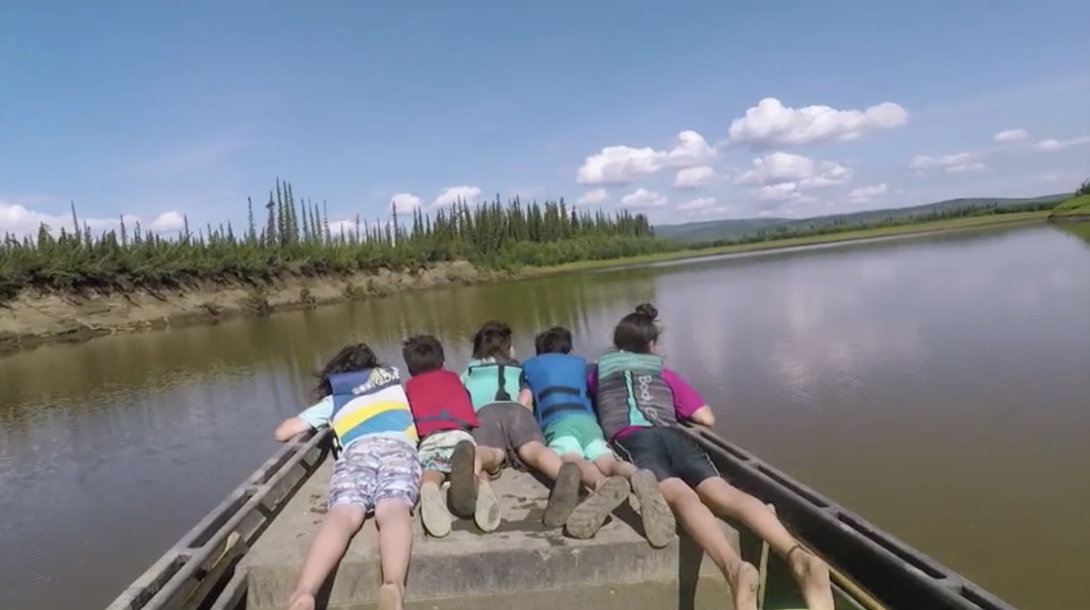Investigating environmental identity development among children in rural Alaska Native communities through intergenerational, culturally responsive community science programming
Media producers from GBH and researchers from South Dakota State University and the University of Alaska Southeast have recently launched a new research and development project that is designed to: (1) build new knowledge about the ways in which children from rural Alaska Native communities, ages 6-8, develop “environmental identity”—the empathy, knowledge, and skills that children need to act responsibly for the environment (Green, Kalvaitis, & Worster, 2016)—and (2) investigate how environmental identity can be nurtured via an intergenerational, community-based environmental science program that is supported by media and incorporates culturally responsive ways of understanding and doing science.
The proposed project builds on MOLLY OF DENALI, a PBS KIDS series consisting of a national TV series,digital games, a podcast, book series, and hands-on activities for children, families, and educators—allcentered on Molly Mabray, a 10-year-old Alaska Native girl and her adventures in the fictional village of Qyah, Alaska.
The project will unfold over three phases of work:
(1) Formative Research. In this phase, the project team will collaborate with three communities (Northway, Hoonah, and Bethel) to learn more about how 6- to 8-year-old children from rural Alaska Native villages relate to their place and environment; how adults in the community conceptualize their role in nurturing children’s understanding of the environment; and how existing community resources could be used to create a community program that supports environmental science exploration.
(2) Iterative Co-Design and Testing. In this phase, the project team will work closely with communities to co-design, test, and revise an implementation model (potentially centered on library, cultural camp, or public media programming) and set of draft multimedia resources (like videos, hands-on activities and/or a digital game) that can be used to create a community science program that fosters environmental science exploration and identity development.
3) Evaluation. Throughout the project, Alaska-based evaluator Goldstream Group will document how all project participants work together, with the goal of creating a set of guidelines that can be used by other media producers and researchers to co-create educational materials in Indigenous communities. Evaluators will also investigate the kinds of revisions that might need to be made to the program in order to be used widely by other communities inside and outside of Alaska.
